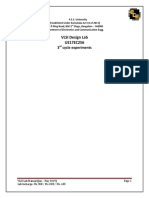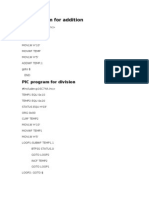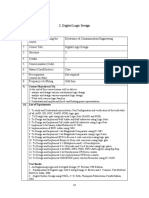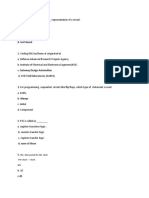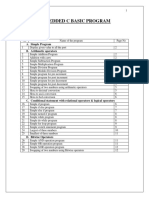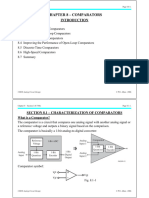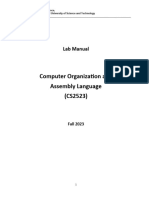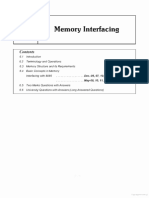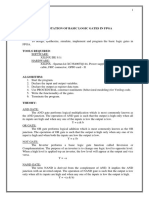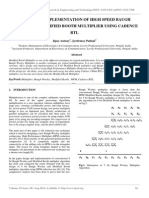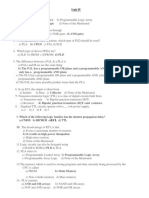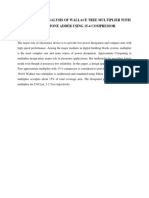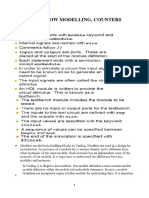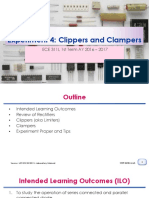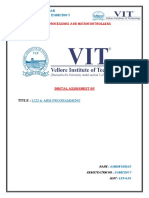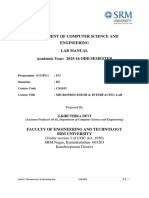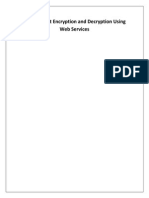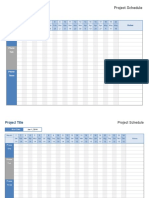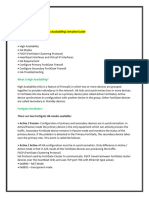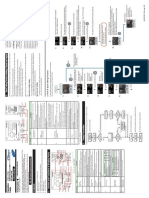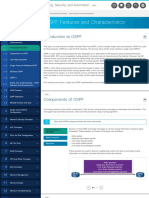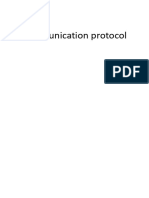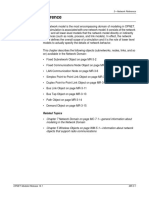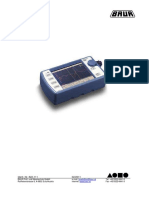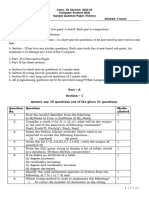0% found this document useful (0 votes)
427 views11 pages8085 Program To Multiply Two 8 Bit Numbers
The document provides multiple 8085 assembly language programs to multiply two 8-bit numbers stored in memory, detailing algorithms, program instructions, and explanations for each approach. It discusses advantages and disadvantages of the methods, highlighting efficiency, memory usage, and error handling. The document also includes example memory addresses and expected outputs for clarity.
Uploaded by
David TalamCopyright
© © All Rights Reserved
We take content rights seriously. If you suspect this is your content, claim it here.
Available Formats
Download as DOCX, PDF, TXT or read online on Scribd
0% found this document useful (0 votes)
427 views11 pages8085 Program To Multiply Two 8 Bit Numbers
The document provides multiple 8085 assembly language programs to multiply two 8-bit numbers stored in memory, detailing algorithms, program instructions, and explanations for each approach. It discusses advantages and disadvantages of the methods, highlighting efficiency, memory usage, and error handling. The document also includes example memory addresses and expected outputs for clarity.
Uploaded by
David TalamCopyright
© © All Rights Reserved
We take content rights seriously. If you suspect this is your content, claim it here.
Available Formats
Download as DOCX, PDF, TXT or read online on Scribd
/ 11




